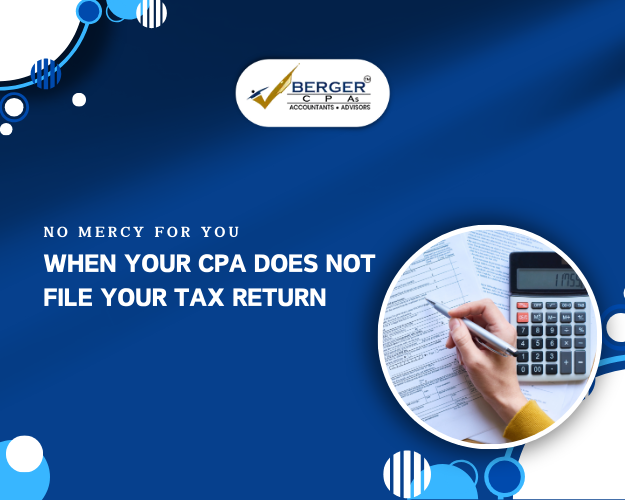
Take advantage of the once-in-a-lifetime IRA-to-HSA rollover
HSAs (Health Savings Accounts) are specifically intended to help with paying medical expenditures. But in a deeper sense, an HSA can easily be recognized as the most beneficial retirement account to ever exit. Unlike other accounts that are tax-advantaged, HSAs offer tripled tax benefits to a person. The benefits include the following:
1. Contributions that can be tax-deductible
2. A growth that is usually tax-free within the HSA
3. Withdrawals that are made tax-free specifically for medical expenses
What are the limitations?
If people withdraw on and after the day they reach 65 years of age for non-medical expenses, they are entitled to pay regular income taxes on the funds that are spent or withdrawn similar to any conventional
Those who withdraw money for taking care of non-medical expenses before they turn 65, they are mandatorily required to pay a total of 20% penalty. So, experts advise people to avoid making a withdrawal for non-medical expenses before turning 65 years of age.
How can a health savings account be handled effectively?
Experts advise all people to pair HSAs with High Deductible Health Plans (HDHP). These health insurance plans are usually offered by the employer of the organization. If individuals do not get health insurance coverage from their employers, they tend to avail themselves of private insurance plans on their own. Experts suggest that HSAs operate well specifically when they are paired with HDHPs like the Obamacare plans.
When HSA is paired with an HDHP, the account holder is permitted to pay for several medical expenses with funds that are free from taxes imposed by the federal government.
Roll over details
A qualified and certified HSA funding distribution can approve the transfer of money from an IRA to an HSA. The maximum rollover for 2023 is $3,850 for individual coverage or $7,750 for family coverage. Those aged 55 or above can add a $1,000 catch-up contribution upto a total of $8,750. Those changing from individual coverage to family coverage a year later can take advantage of a second rollover but the total rollover cannot be more than the contribution limit catch-up contribution or family coverage.
In most cases, individuals are not charged taxes on rollover. You can roll over funds from an IRA to an HSA once in your lifetime, known as Qualified HAS Funding Distribution (QHFD). If you withdraw funds from HSA for medical expenses, there is no need to pay taxes.

 Client Login
Client Login





